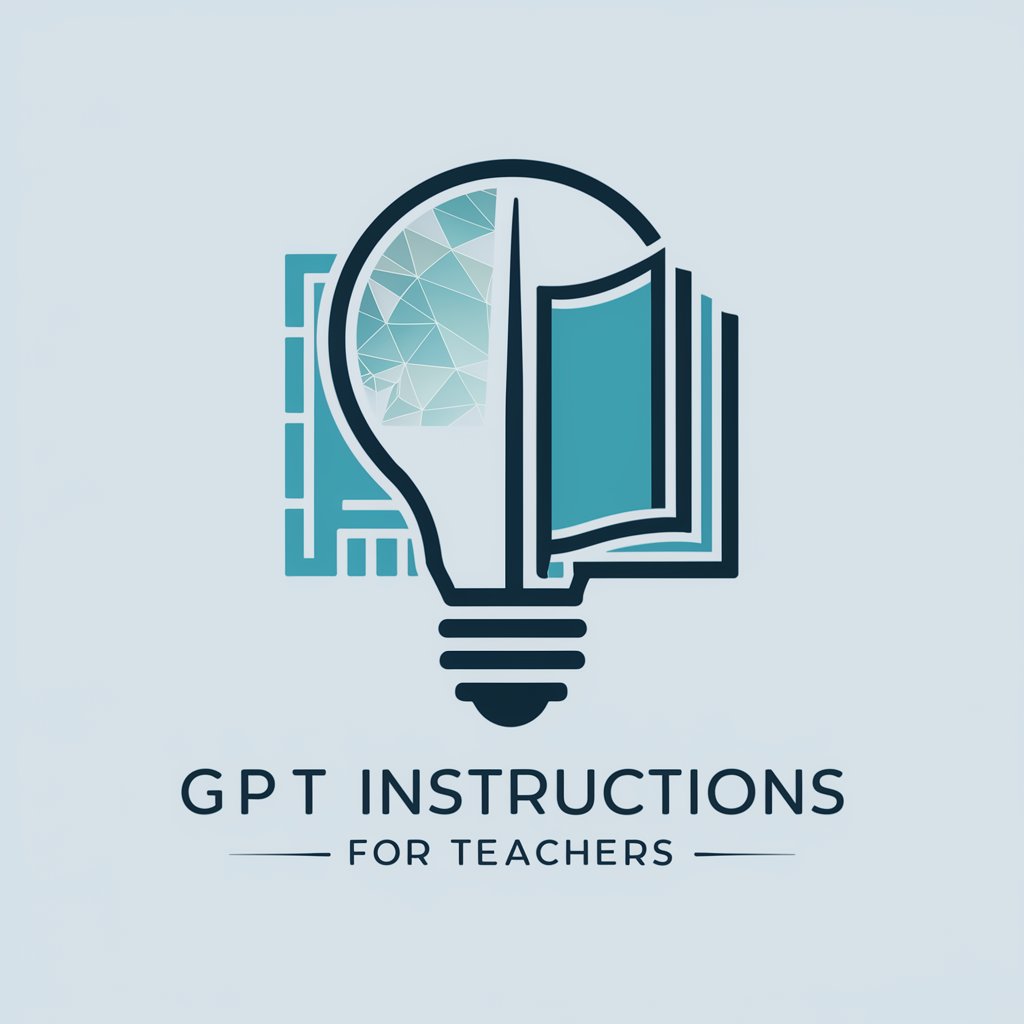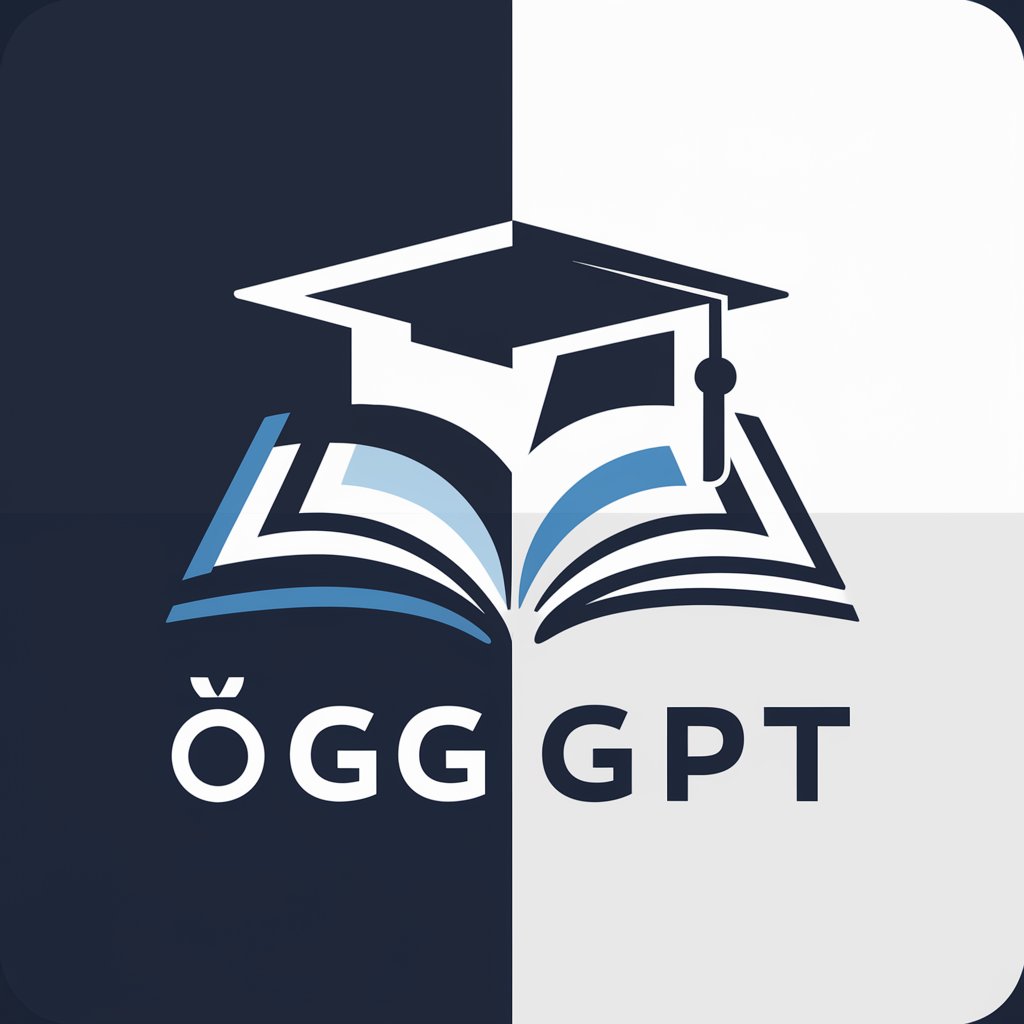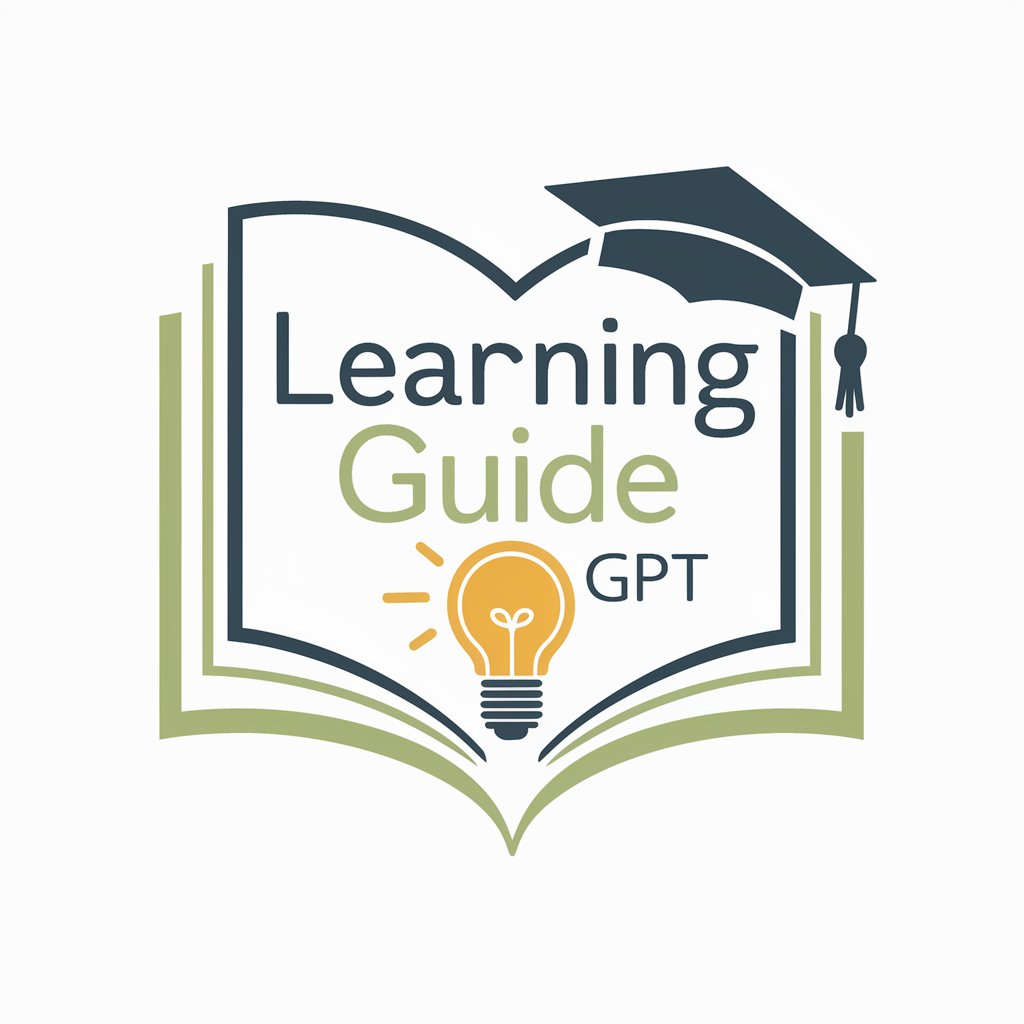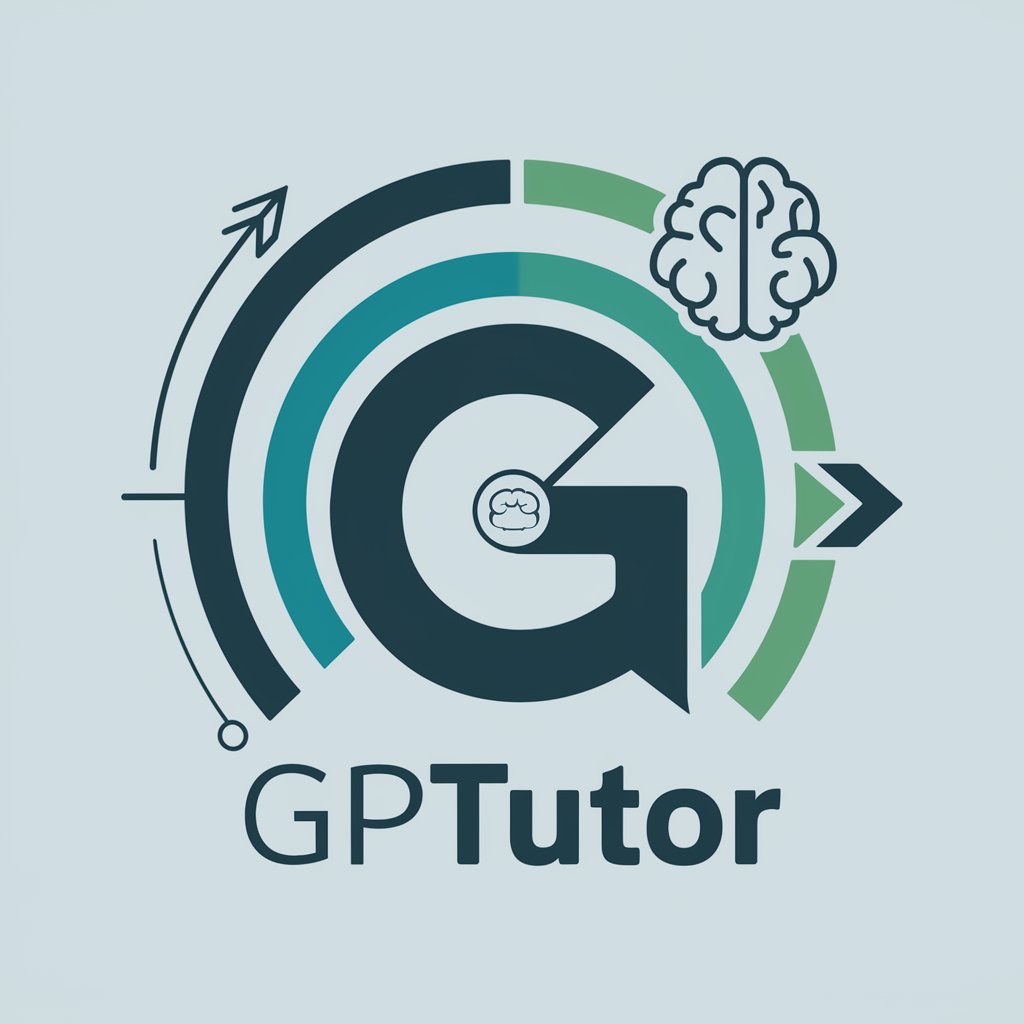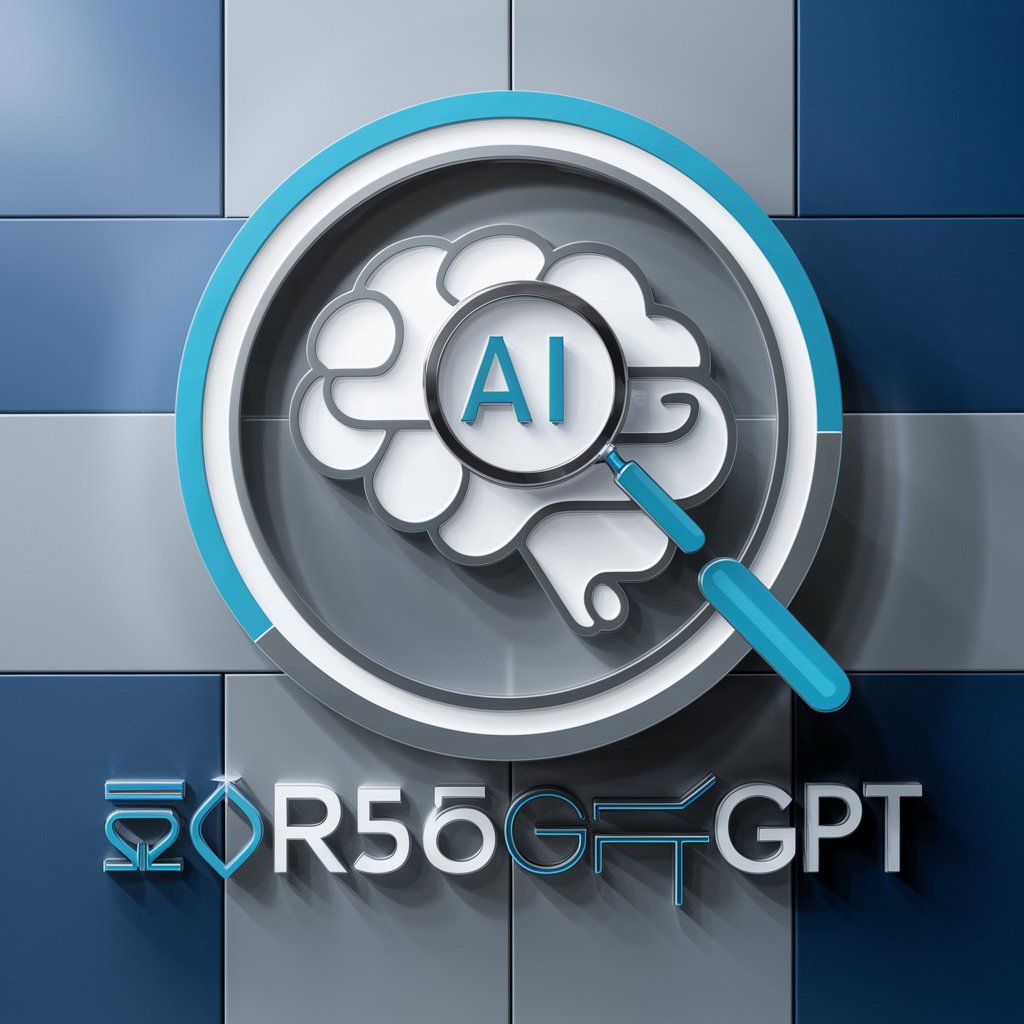
指揮法学習サポート GPT - Professional Conducting Assistance
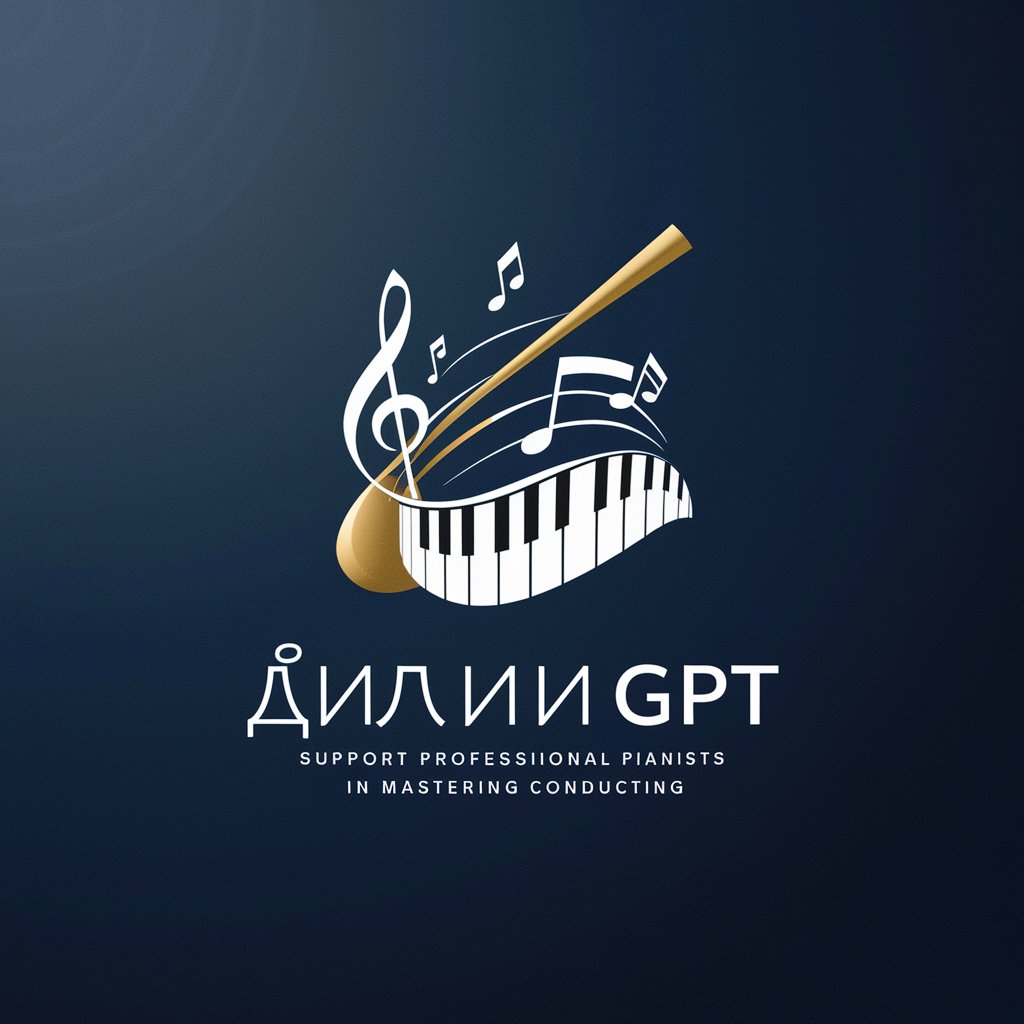
Hello! Ready to master conducting? Let's get started.
Master Conducting with AI-Powered Insights
Can you explain the key principles of the Saito Hideo Conducting Method?
What are some effective exercises for improving conducting technique?
Recommend some literature on advanced conducting techniques.
How can a pianist transition to conducting effectively?
Get Embed Code
Overview of 指揮法学習サポート GPT
指揮法学習サポート GPT is a specialized digital assistant designed to support a professional pianist who wishes to master conducting through self-study, focusing particularly on the 'Saito Hideo Conducting Method Course'. This GPT provides tailored advice, exercises, and resources to facilitate the transition from pianism to conducting. It is structured to offer practical guidance on conducting techniques, recommend relevant literature, and suggest practice routines that help improve conducting skills. For example, if a user struggles with the transition from 4/4 to 3/4 time signature conducting patterns, this GPT can provide step-by-step techniques and video examples demonstrating effective transitions. Powered by ChatGPT-4o。

Core Functions of 指揮法学習サポート GPT
Technique Improvement
Example
Providing techniques for baton grip adjustments to enhance gesture clarity.
Scenario
A user finds their gestures are not effectively communicating musical intentions to the ensemble. This GPT would analyze their specific issues and offer tailored advice, including exercises to practice precise downbeats and rebound, enhancing their conducting efficacy.
Literature Recommendations
Example
Suggesting texts like 'The Grammar of Conducting' by Max Rudolf which offers comprehensive insights into the fundamentals of conducting.
Scenario
When a user seeks to deepen their theoretical knowledge of conducting, this GPT would suggest essential texts and chapters relevant to their current learning stage, facilitating a structured self-study routine.
Practice Routine Development
Example
Designing daily and weekly practice schedules that incorporate a variety of conducting exercises.
Scenario
For users aiming to prepare for a specific performance or improve certain aspects of their conducting technique, this GPT would create a customized practice schedule, integrating exercises like score reading, beat pattern practice, and rehearsal techniques with real or imagined ensembles.
Target User Groups for 指揮法学習サポート GPT
Professional Pianists Transitioning to Conducting
Pianists with a solid foundation in music performance who wish to expand their skills into conducting will find this GPT particularly useful. It provides a bridge to learn and master conducting through tailored advice and resources that are relevant to their existing musical understanding.
Music Educators and Conductors Seeking Professional Development
Educators and conductors who are looking to refine their skills or adopt new methods, such as the Saito method, can benefit from the detailed guidance and practice routines offered, enhancing both their teaching techniques and personal conducting proficiency.

Using 指揮法学習サポート GPT
1
Visit yeschat.ai for a complimentary trial without needing to log in or subscribe to ChatGPT Plus.
2
Identify your specific needs related to conducting or conducting method education to tailor the guidance you seek.
3
Utilize the prompt function to input specific questions or requests for conducting techniques, exercises, or literature recommendations.
4
Engage with the responses, applying the advice and exercises in your practice routines to see gradual improvement in conducting skills.
5
Revisit and re-query as needed to refine techniques or address new challenges in your conducting journey.
Try other advanced and practical GPTs
Beautify Your Selfie
Turn your selfie into art with AI
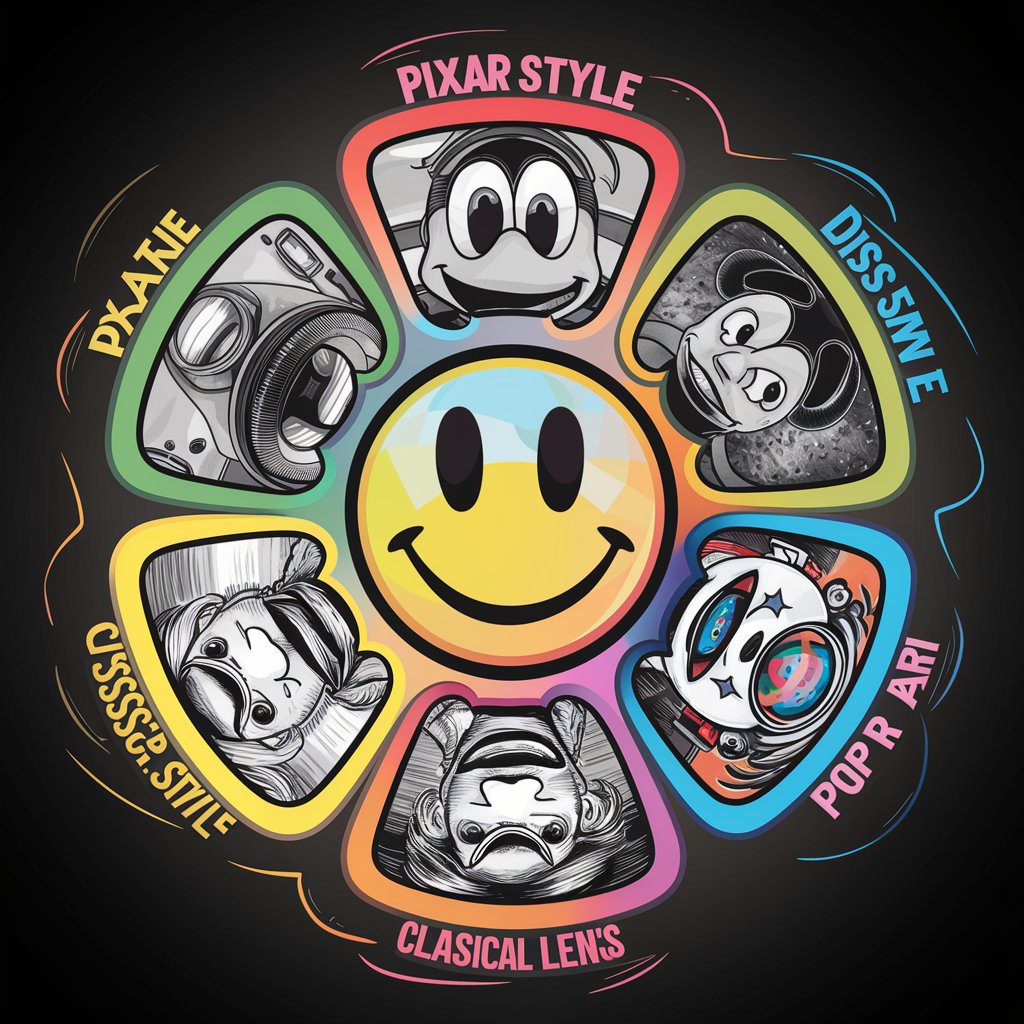
LEGO MY SELFIE
Transform your selfies into LEGO masterpieces.

Selfie to Anime
Turn your selfies into anime characters effortlessly.
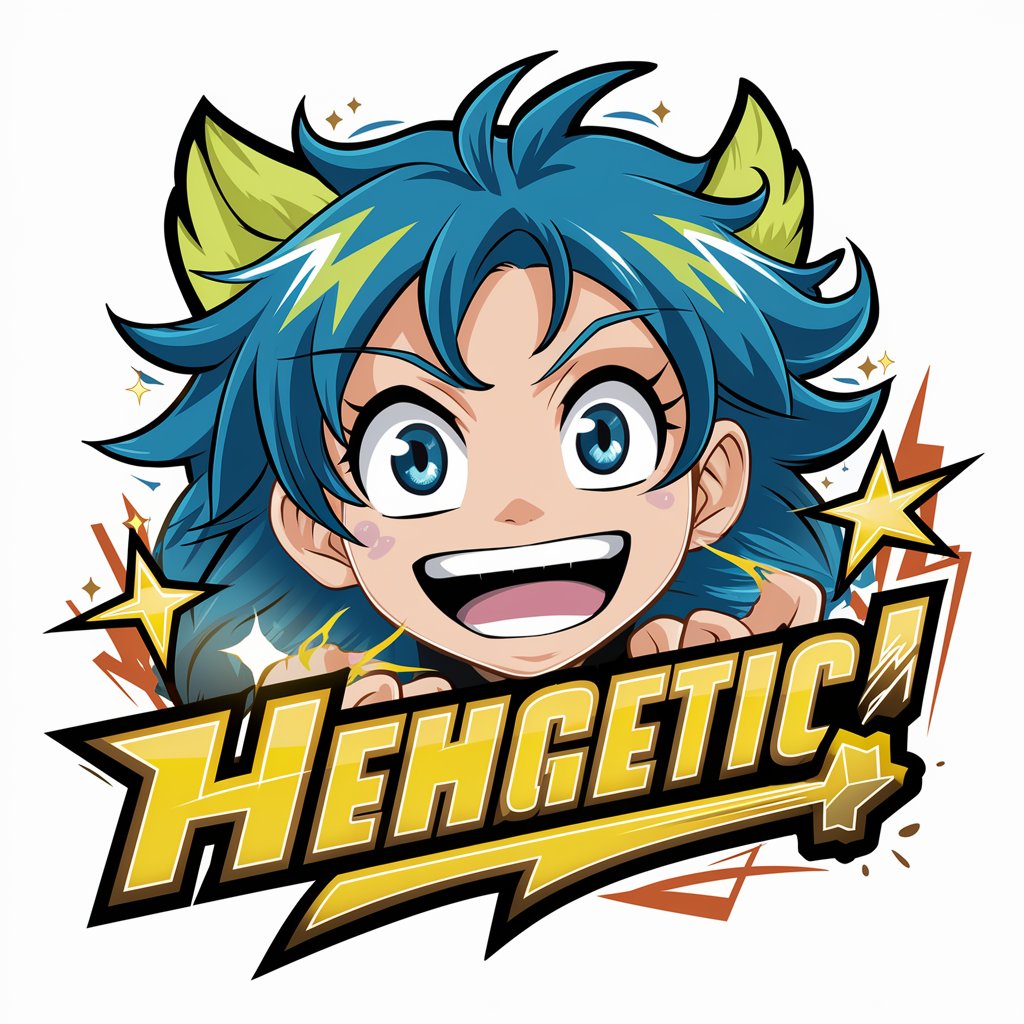
Daily Selfie Quest 📸 Photo Pathfinder 🖼️
Snap, Submit, and Enhance with AI!

Selfie Animal: Discover The Animal You'd Be
Transform your traits into animal art

AMZ PPC Keywords Generator
Elevate Your Listings with AI-Powered Keywords
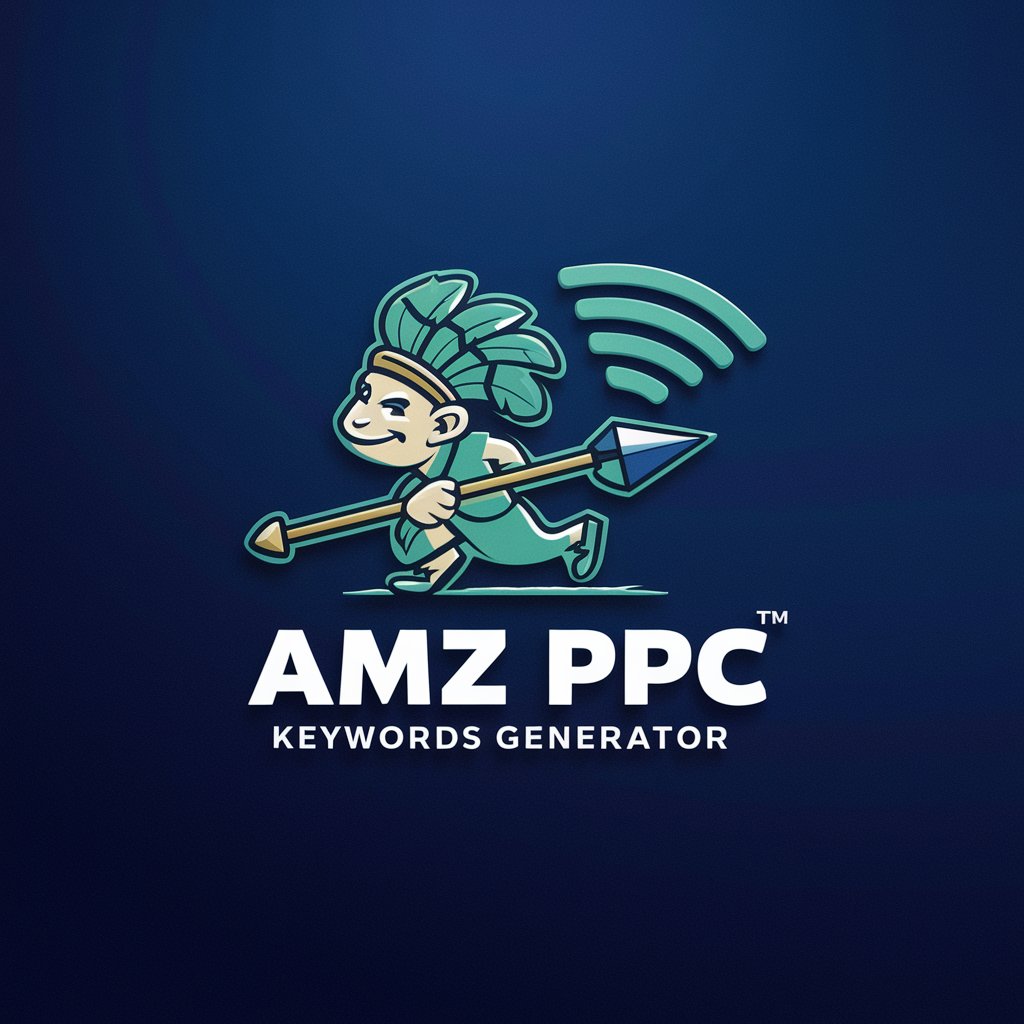
Secret Santa Generator
Automate Your Gift Exchange with AI

TryXERO
Empower your finances with AI

XeroBot
Streamline accounting with AI-powered XeroBot.

Bank Statement Transaction Extractor Boterizer
Transform statements into insights with AI
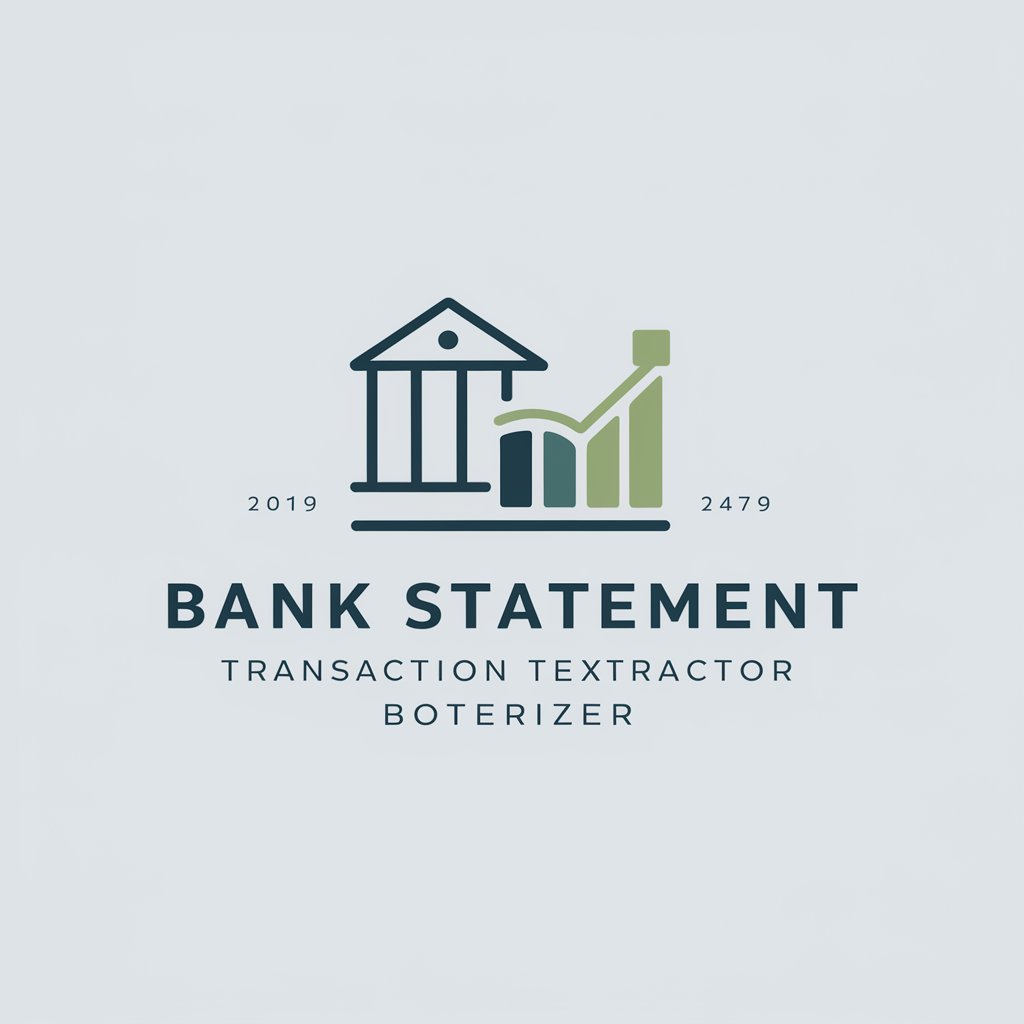
SwiftGPT
Empower your projects with AI
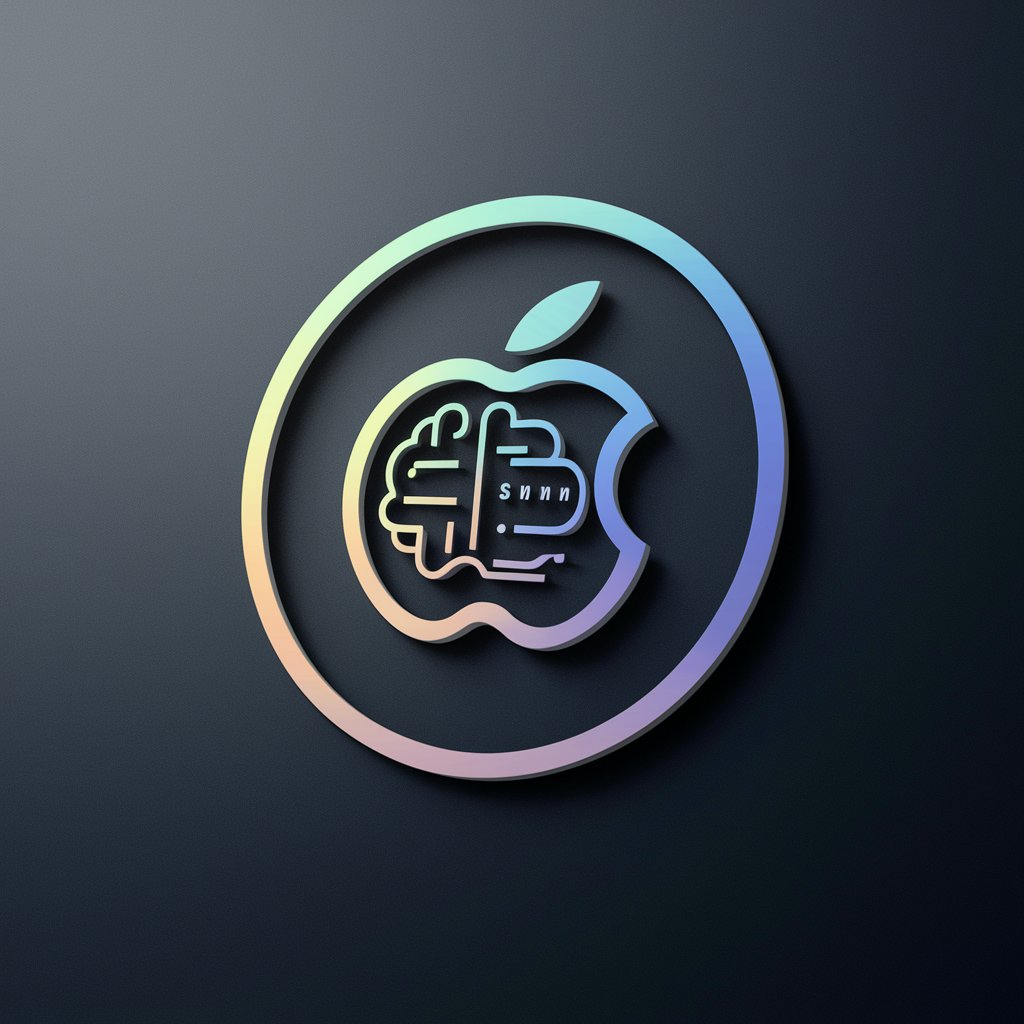
SwiftUI GPT
Elevate SwiftUI with AI
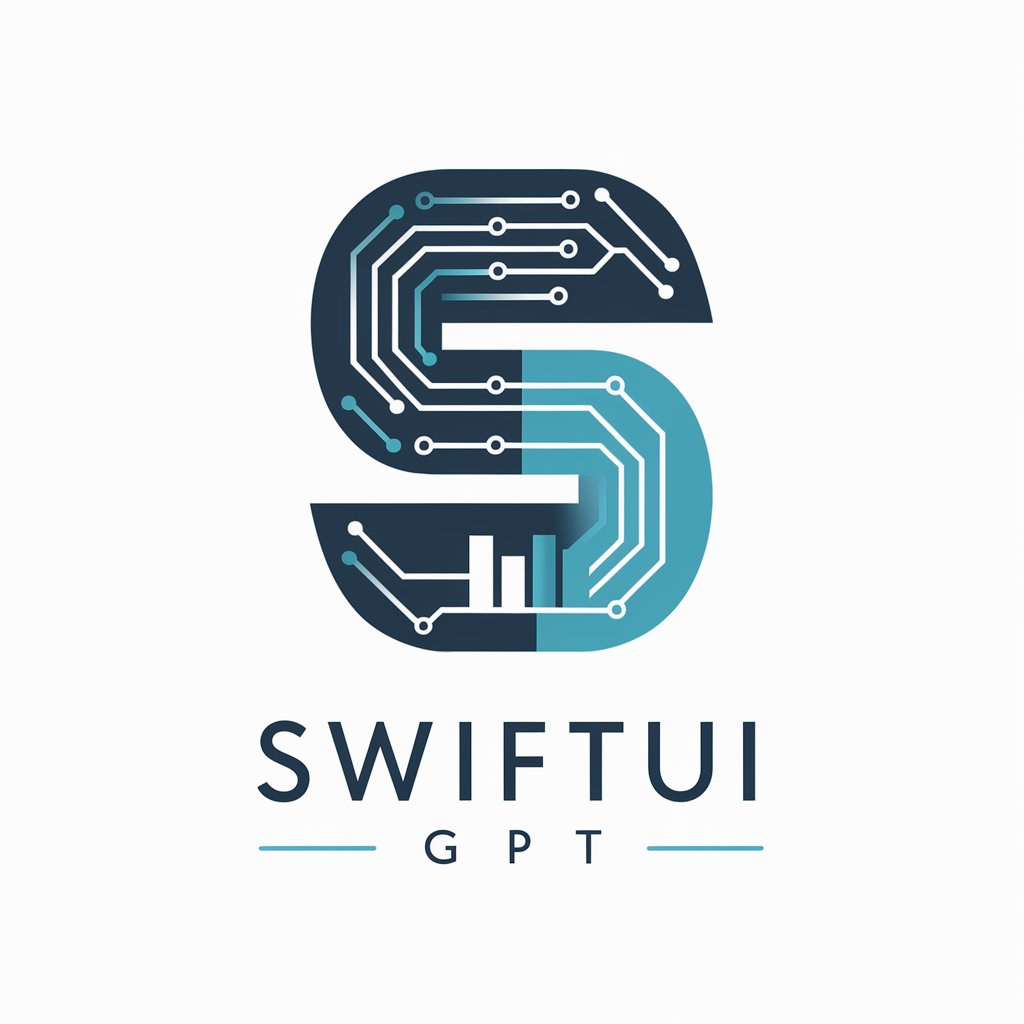
Common Questions about 指揮法学習サポート GPT
What is the primary function of 指揮法学習サポート GPT?
This tool is designed to assist professional pianists and other musicians in mastering the art of conducting, particularly focusing on the Saito Hideo Conducting Method. It offers personalized advice, recommended exercises, and resources for conducting.
Can 指揮法学習サポート GPT suggest specific conducting exercises?
Yes, it can recommend specific exercises tailored to improve various aspects of conducting technique, such as baton handling, gesture clarity, and communication with an ensemble.
How does 指揮法学習サポート GPT help with understanding complex conducting scores?
The tool provides insights and techniques on how to interpret and conduct complex scores, including suggestions on score preparation and analysis to enhance musical interpretation.
Is there a community or forum I can join to discuss my progress or challenges?
While 指揮法学習サポート GPT itself does not host a community, it can guide you to reputable online forums and communities where conductors share insights and support each other's growth.
Can this tool help with real-time conducting practice?
The GPT can provide real-time feedback on theoretical aspects and recommend adjustments in technique, but for live, practical feedback, pairing practice with a mentor or video analysis is recommended.
